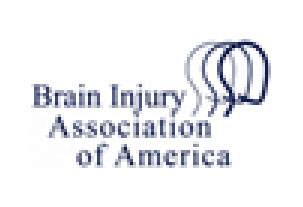In times past, a mother who had one baby by cesarean section would typically deliver any future babies in the same way. Today, many modern hospitals offer the option of a vaginal birth after cesarean (VBAC). If you are considering a VBAC for your upcoming birth, it is natural to wonder about the risks of birth injury resulting from the procedure. Of course, all pregnant women should discuss birthing procedures and any concerns about risks with their OB-GYN throughout their pregnancies.
VBAC Risks for Pregnant Women and Children
The Center for Disease Control estimates that up to 30 percent of all births are done through caesarean section. Therefore, many mothers pregnant with a second child will have the option of a VBAC, and many women want a VBAC instead of another C-section.
Vaginal birth after a C-section may present advantages over additional C-sections. Without the need for invasive surgery, there are lowered risks of infection and blood loss, in addition to a quicker recovery time for the mother. Some also prefer vaginal birth as a more “natural” method of bringing new life into the world, but that is certainly a personal preference and not absolute.
The primary risk for a VBAC birth is a scar from a previous C-section opening up during the course of labor. This tearing is called a uterine rupture, and the risk of such ruptures is increased if a mother has had more than one C-section before attempting a VBAC.
VBACs do not present a significant threat for birth injury, cerebral palsy or any other potential birth trauma. However, the mother, the baby and the medical facility must meet certain criteria if the procedure is to be performed safely. VBACs should generally only be done when:
- The mother has experienced no more than two C-section deliveries
- The baby is a typical size
- The baby is oriented head-down
- The health care facility is ready to perform a caesarean section if it becomes necessary
- The birth is for one baby – not twins, triplets or multiple newborns
Like any medical procedure, there are laws that strictly stipulate what a mother must know before she can consent to the operation. If you are considering a VBAC, a physician must tell you clearly and concisely:
- What will happen during the procedure
- Any potential hazards or dangers
- Alternative options
If you are still concerned about the procedure after thorough discussions with your OB-GYN, seek a second medical opinion from a qualified physician. There is never anything wrong with obtaining a second or third opinion about something as important as the birth of a child.
No matter who you are, you and your child have rights. Our office represents mothers, fathers and children when birth trauma causes injury to families. If you, your child or your wife has suffered a birth injury, contact our office today. An experienced birth injury attorney can evaluate your situation and help you make the best decision for your family’s future.













